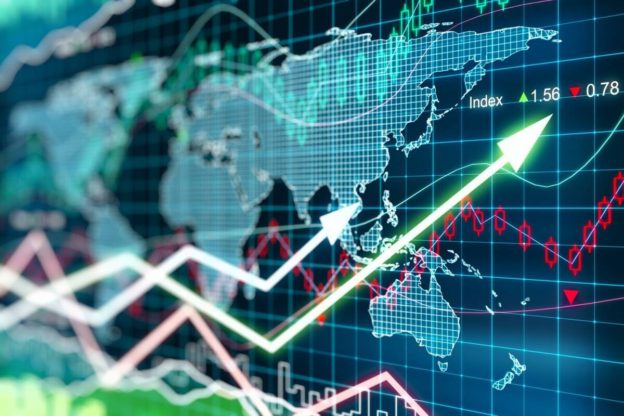Led by the United States and China, the world economy has resumed growth trajectories last seen in 2019. The OECD leading indicators point to growth above long-term averages in the United States and the eurozone, with further momentum building in China. While manufacturing and trade have led growth for many months, services expansion returned in May and June, as more economies have reopened. Personal consumption continues to build, though at a somewhat slower pace.
While recovery is broad-based globally and across economic sectors, serious challenges stand out. The most important right now is the uneven struggle to control the pandemic. In China the virus was contained last year. Beyond China, much progress has been made through the widespread administration of effective vaccines, especially in the United States and the eurozone (among our surveyed economies). In many emerging economies, however, vaccine supplies are inadequate. In Brazil and India, infection levels and mortality rates have been crippling—to public health if not always to economic growth. In the United States, more than half of the population has received at least one dose of an approved COVID-19 vaccine; by contrast, in Brazil that number is 33.5% and in India it is 20%.1
In our June executive survey of economic conditions, respondents from developed and emerging economies expressed divergent views on the progress of recovery in their home economies. Executives in developed economies expressed more clearly positive views than their counterparts in emerging economies, where the public-health challenge is more deeply concerning.
A specifically economic challenge is inflation, which is accelerating. Higher commodity prices have helped economic performance in Brazil and Russia but are also causing stresses there and to all economies, developed and emerging. The oil price (Brent) has reached above $75 per barrel due to rising demand. Food-price inflation reached its highest level since 2011, a grave concern especially in emerging economies; prices are swiftly rising in all categories. In the United States, consumer inflation reached 5% in May; in India and Russia it was 6%; in Brazil it was 8%. In the eurozone, consumer inflation is still low, but at 2% it reached its highest level since November 2018. Producer price inflation is higher still, everywhere, even in the eurozone, where it reached 7.6% in April. In China, it prompted the government to take action to control speculative buying. Central banks in Brazil and Russia reacted by raising their policy interest rates, to 4.25% and 5.5%, respectively (Exhibits 1 and 2).


At June meetings, both the European Central Bank and the US Federal Reserve took note of inflation’s return but declined to raise interest rates while reaffirming commitments to accommodative policies. Fed chair Jerome Powell explained that tightening was not yet warranted, since a significant component of recent inflation was related to the pandemic. Powell explained that supply dislocations resulted in higher prices for used cars or lumber, for example, but these increases are expected to be temporary. Consequently, the Fed’s approximate 2% inflation targets remain within reach.
The sanguine view from Washington was supported by mainly positive economic data this month. The OECD consumer-confidence indicators show a general recovery with mixed results in some economies where consumers are expected to spend less. Retail-sales growth generally improved in April and May, aided by improved employment conditions and higher wages.
Globally, services-sector growth outpaced the already expanding manufacturing sector in May: the JP Morgan global purchasing managers’ index (PMI) for services reached a record-high level at 59.4. Manufacturing growth accelerated across all surveyed economies, except in India, where economic activity has been disrupted by the COVID-19 wave. Brazil, too, remains in public-health crisis, and in both of these large emerging economies, the services PMI is in contraction. Elsewhere, services PMIs are recording fast expansion as economies reopen.
Analysts have long recognized that China’s economy would easily meet performance targets in 2021, since the government plan set a relatively conservative annual goal for GDP growth of 6%. Lately, growth in China has accelerated as external demand picks up. Most analysts now expect China to comfortably overshoot its target. In its June report (Global Economic Prospects), the World Bank estimates that China’s economy will expand 8.5% in 2021; the report sets global growth at 5.6% and US growth at 6.8%.
https://www.mckinsey.com/business-functions/strategy-and-corporate-finance/our-insights/global-economics-intelligence-executive-summary-june-2021#





